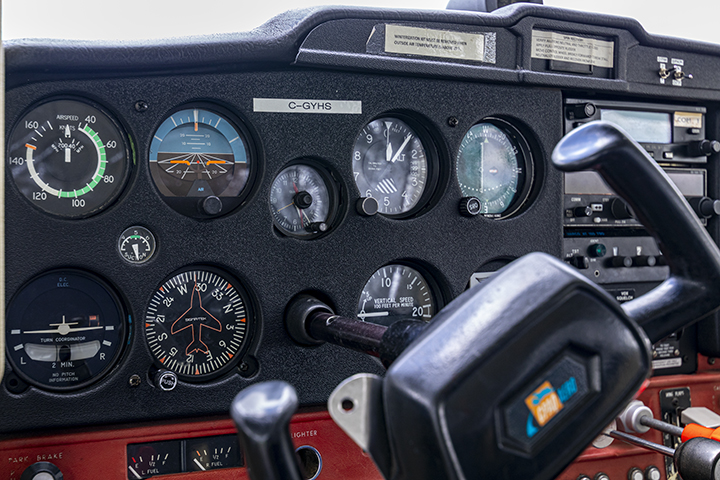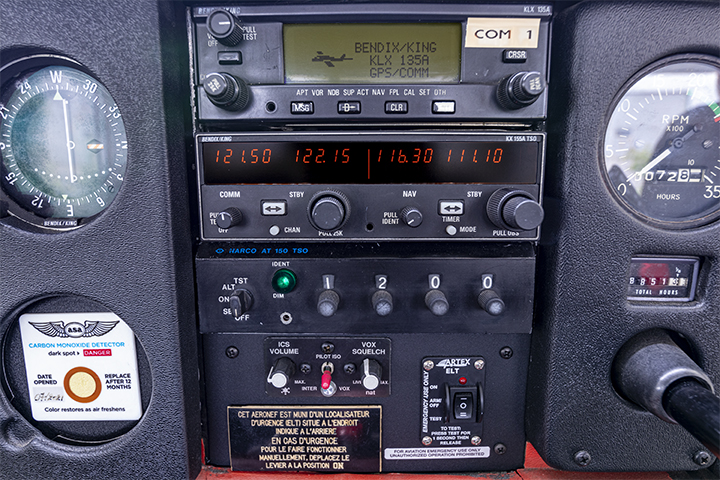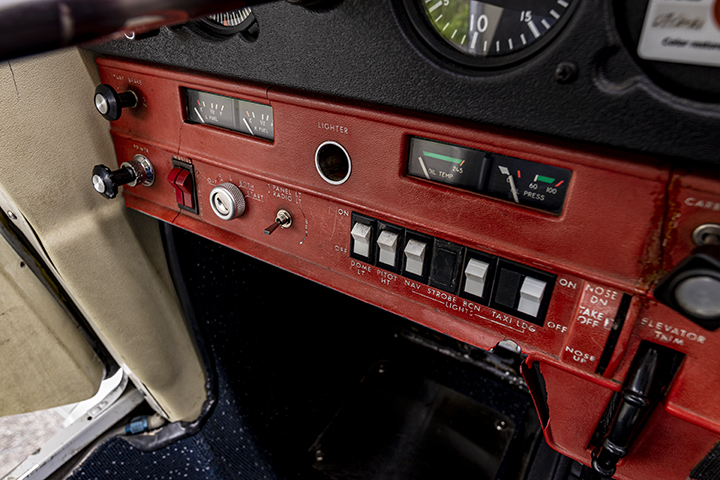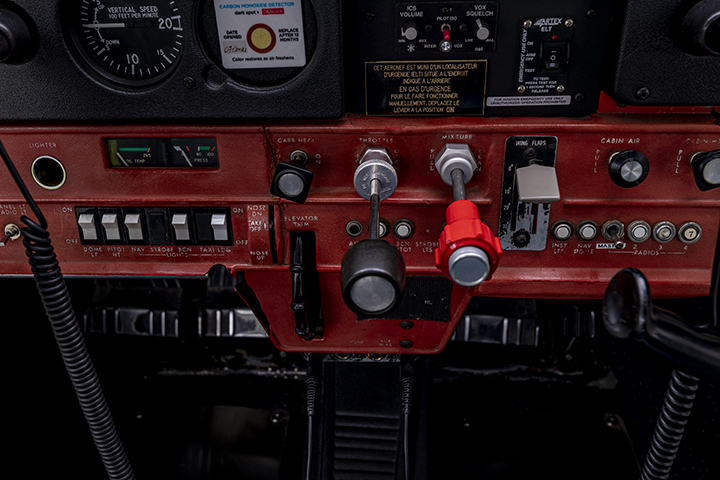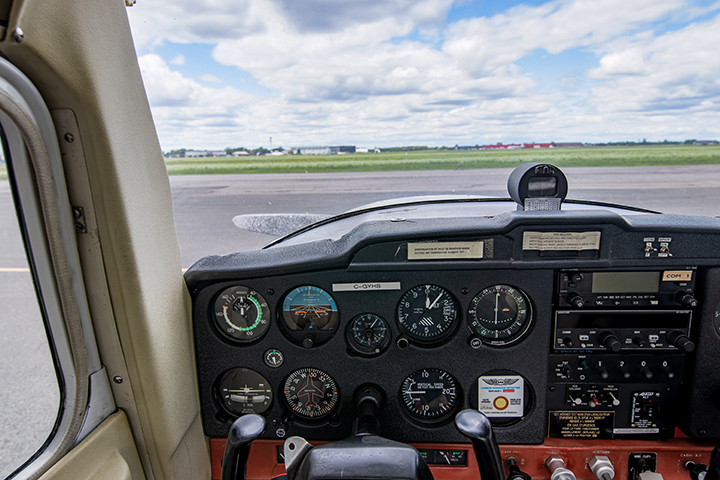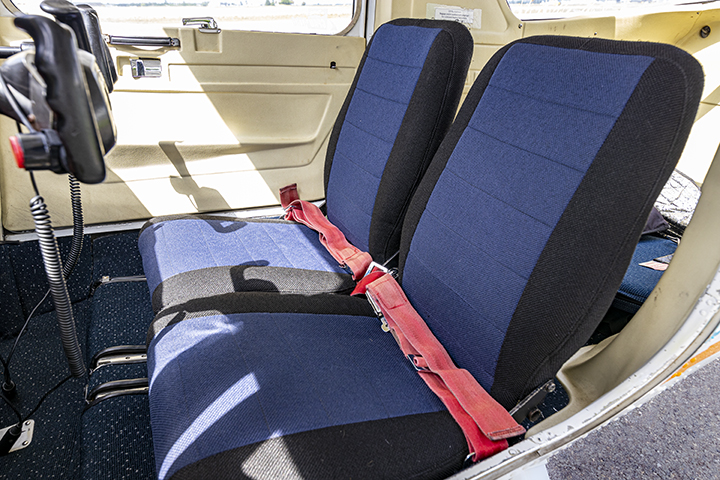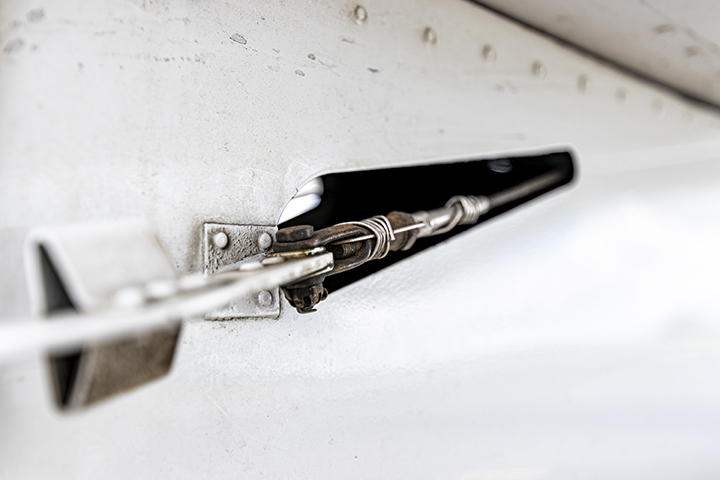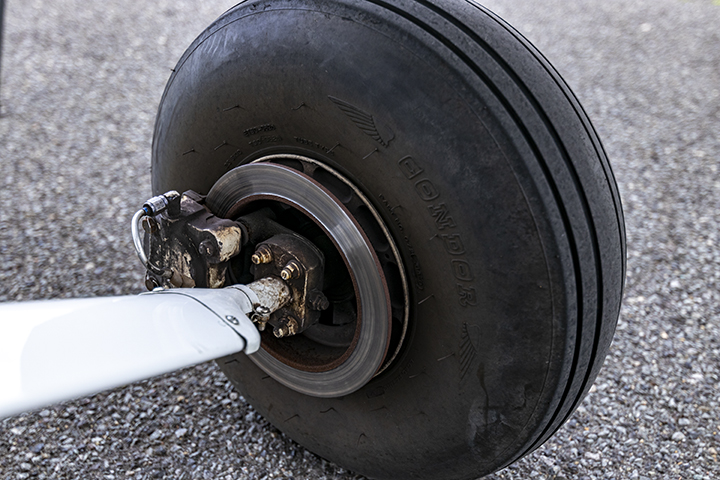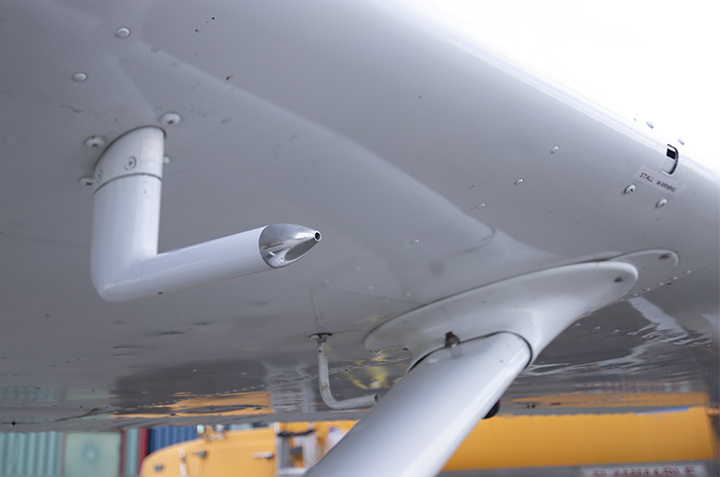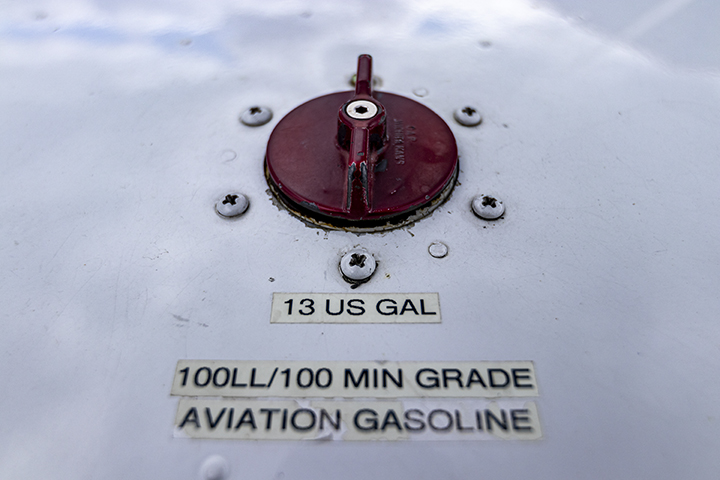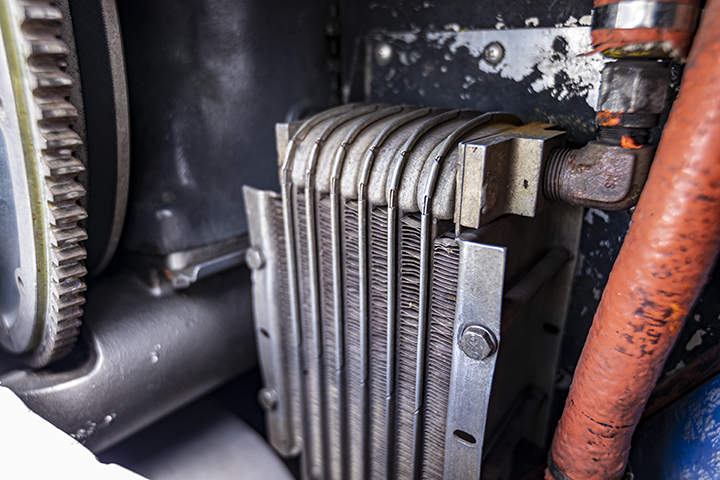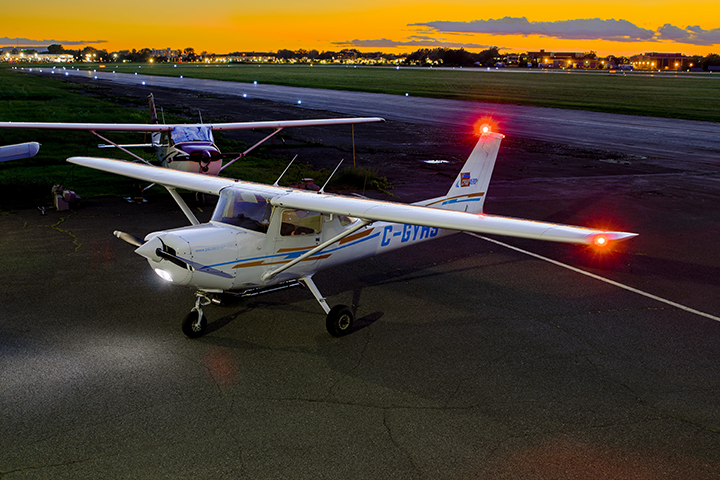
Introduction
The Cessna 152 was crafted by Cessna in 1977 as an improved version of the Cessna 150 with the more powerful 110hp Lycoming O-235 engine. The later A152 Aerobat was certified as a positive-g aerobatic aircraft capable of up to +6g. Originally designed to be a two-seat touring aircraft, it has since proven itself to be a cost-effective and robust trainer still in use three decades after the production line was shutdown. At CPAQ, GYHS is the platform of choice for everyone from students working towards their first solo to experienced instructors with thousands of flight hours.

